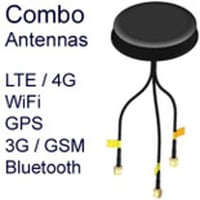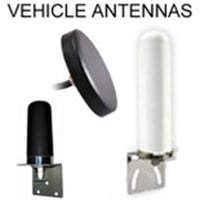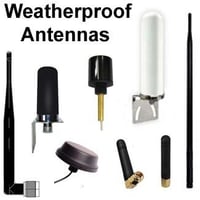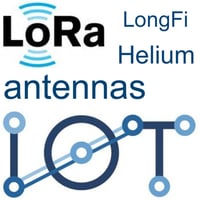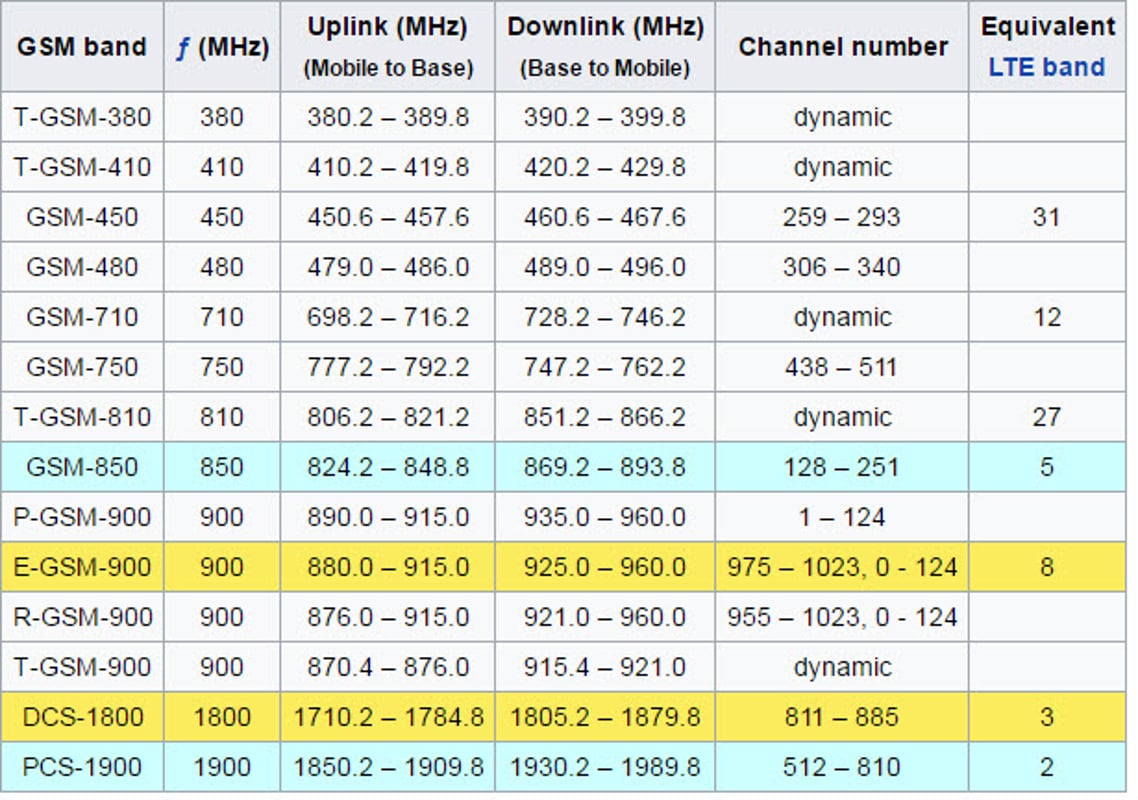850MHz to 950MHz Antennas: LoRa, Helium, GSM 3G
Helium Antennas:
All of our antennas in this subcategory are compatible with Helium Network devices (US).
GSM Frequency Bands
- US and Latin America: 824-894 MHz and 1850.2 - 1909.8 MHz bands
- GSM dual-band antennas combine 824-900MHz and 1850-1900MHz bands
- Bands 2 (1900 MHz) and 5 (850 MHz) (shaded in blue, below) have been deployed in the United States, Canada, the Caribbean and Latin America.
- Canada: 1900 is the primary band for urban areas with 850 as a backup, and 850 is the primary band in rural areas.
- Bands 3 (1800 MHz) and 8 (900 MHz) (shaded in yellow) have been deployed in Europe, the Middle East, Africa, and Asia-Pacific.
- All other bands have not been deployed commercially.
850-950Mhz Antennas Applications
850MHz – 950MHZ frequency range falls within a licensed ISM designated band of frequencies in most regions. This frequency range has several advantages over the high-frequency ISM band of 2.4GHz, though it has a lower capacity bandwidth. The radiated pattern forms a football shape, that is widest in the middle.
The lower frequency RF band 850 MHz – 950MHz has the ability to diffract around and over physical obstacles such as buildings, trees, and small hills - this is due to their relatively long wavelength once having spread out from the transmission (around 25 feet from the transmitter). Antennas can also be used indoors and maintain good reception across 10 walls. Wave diffraction makes this RF frequency band suitable for near-line-of-sight and no-line-of-sight applications.
850MHz – 950MHz covers considerably longer distances over uneven terrain than the unlicensed 2.4 GHz and 5.4 GHz ISM frequency bands. This range of frequencies is convenient for use in the following point-to-point and point-to-multiple-point applications.
- v900 MHz Cellular applications
- CDMA devices
- GSM communication devices
- Long range RS232/485 Serial networks
- Radio frequency identification (RFID)
- Supervisory control and data acquisition (SCADA)
- WLAN applications
850MHz – 950MHz antennas are available in different directional and omnidirectional antennas types including Dipoles, Yagi, sectoral, patch and panel antennas.

